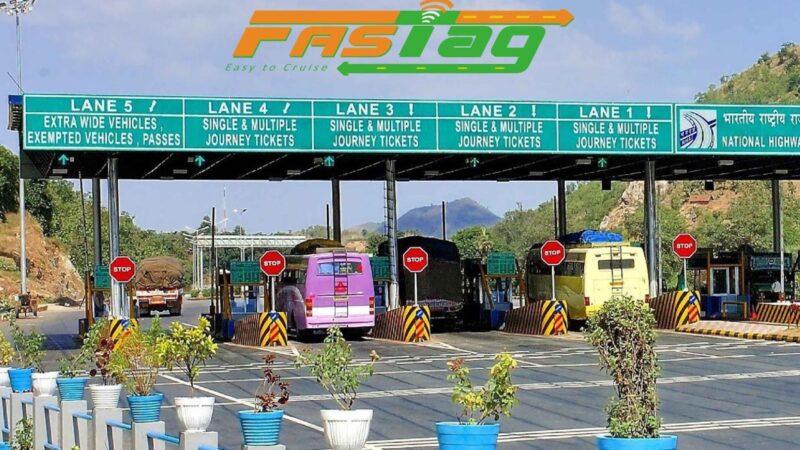What is RFP Automation and the Three Reasons Your Organization Needs It?

Developing Requests for Proposals (RFPs) is one of the more time-consuming aspects of the procurement procedure. There’s never time to squander while managing intricate projects under pressure. RFP automation comes to the rescue at that point. In an increasingly competitive digital marketplace, using RFP software to automate procedures has become essential for firms to maintain effectiveness and efficiency.
Usually, automation is intended to save us time. There are major advantages for businesses when software automation, artificial intelligence (AI), and other digital technologies are integrated into organizational systems and processes. Most significantly, it will support their continued economic viability.
RFP Automation
Software Development RFP for automated sourcing can be used by both the buyer and sellers in the RFP process. The process’s tactical activities are supported by this automation. Additionally, it serves as the basis for more strategic endeavors like supplier relationship management and corporate partnerships.
RFP procedures that are blatantly manual and paper-based, like sending emails, can be quite difficult. They make it difficult to maintain current data and proposal information. When attempting to work together with suppliers and buyers, they introduce another level of complexity. Time-consuming manual procedures need more effort, which increases the strain on you to adhere to deadlines.
Enhanced Efficiency through automated procedures
Automation relieves time-consuming repetitive chores, burdensome paperwork, and burdensome email components for proposal specialists, allowing them to concentrate on the more creative aspects of contributing to the RFP response process.
In addition to increasing individual productivity, automation facilitates more effective proposal management. It expedites the time it takes to submit proposals overall, increases the caliber of submissions, yields better results, and saves time and money.
Working together with software promotes transparency & trust
Teams working on proposals can operate inside and between departments. Documentation and project knowledge run the risk of becoming isolated in someone’s notepad, spreadsheet, or email when an RFP is completed manually. This raises the possibility of errors and missing data.
Automated procedures enable more standardized methods for generating and archiving RFP data. Transparency is made possible by automation, which guarantees that all parties continue to follow compliant procedures. Because collaborators may produce, remark on, and reply to shared documents simultaneously, it also fosters cooperation and knowledge exchange.






